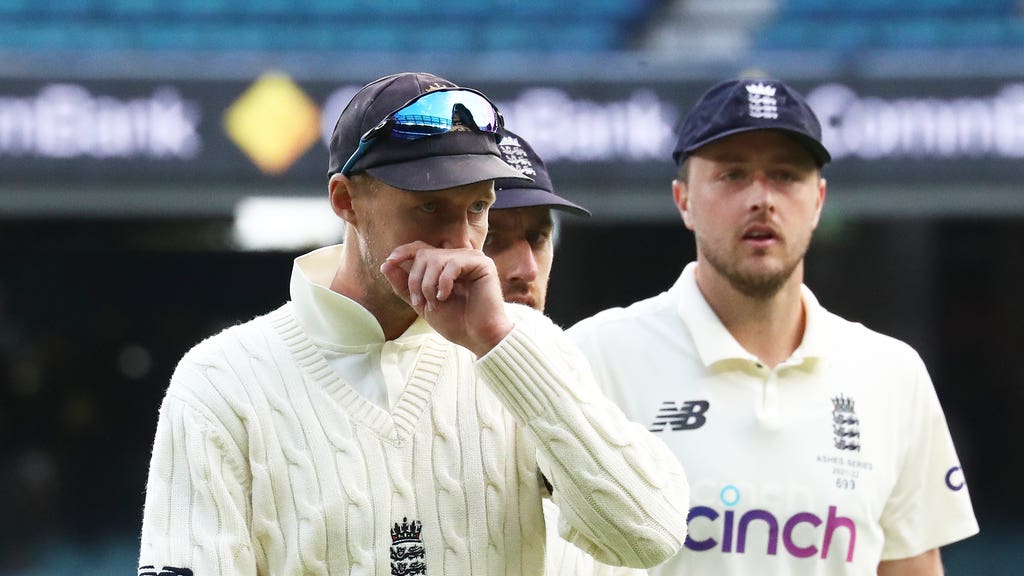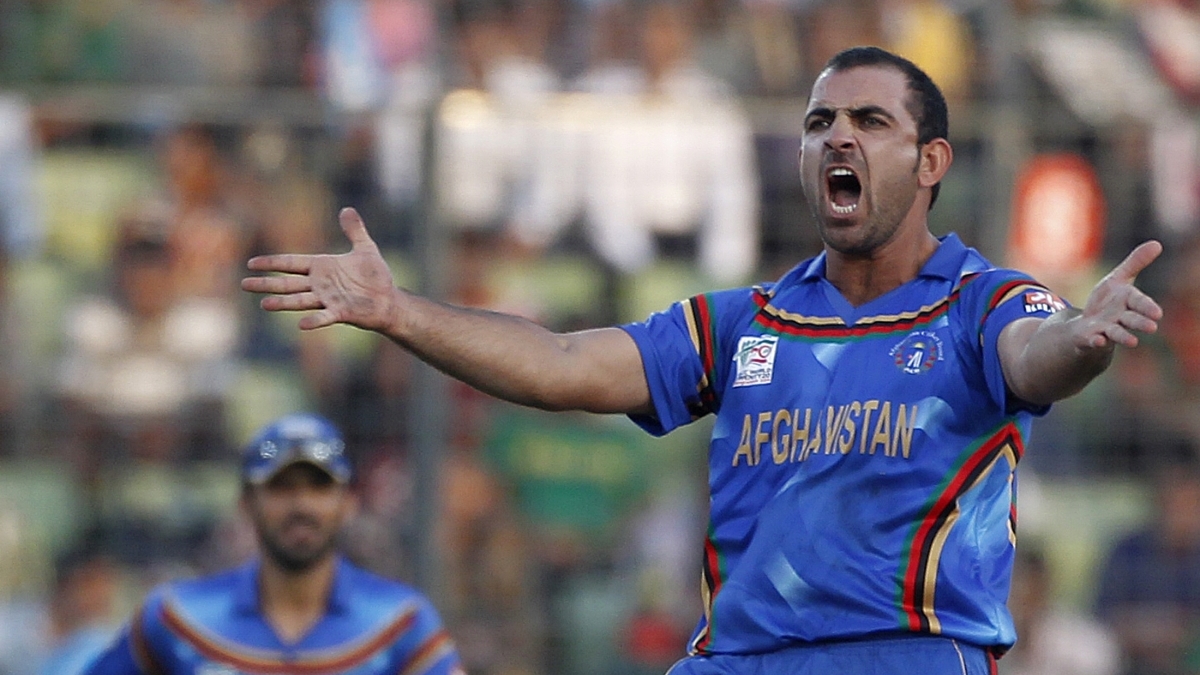
Joshua Peck looks back to the nerve-shredding excitement of the Cape Town Test in 2010
0, 0, 0, 0, 0, 0, 0, 2, 4, 0, 0, 0, 0, 0, 0, 0, 0. No, it’s not the entirety of Australia’s first innings at Trent Bridge this summer, but the 17 balls that Graeme Swann and Graham Onions batted out in Cape Town in 2010 to save England.
Of course, Onions had done the same just weeks earlier alongside Paul Collingwood as England battled their way to a draw in the opening Test in Centurion, but to do it again showed some real cojones.
It’s a feat that England had become familiar with. In the summer preceding the series, Jimmy Anderson and Monty Panesar clung on for a draw in the opening Ashes Test.
Then there was Centurion and England went into the third Test with a 1-0 lead. After the getaway in the first match, where a draw felt somewhat like a win after a dramatic collapse, England bounced back to win the second Test by an innings and 98 runs.
That victory came down to Alastair Cook and Ian Bell centuries, while Swann took nine wickets in the match. But if Swann was there to help England win with the ball, the job he did with the bat should not be underestimated throughout the series after he hit a Test best 85 in that drawn first Test.
So, to the third Test, so often the crucial one. Andrew Strauss won the toss and elected to field – a decision that looked 100 per cent spot-on when Anderson got Ashwell Prince to edge behind in the first over of the match.
But this was a time when the hosts had Graeme Smith and Jacques Kallis in their batting ranks and it was Kallis who got them out of trouble when Swann, Anderson and Onions had the Proteas at 127-5.
An 89-run partnership between Kallis and Mark Boucher, whose tour to England (and career) was so cruelly snatched away in 2012 when a bail punctured his eye, brought South Africa back.
Kallis went on to hit 108 with Boucher falling for 51 but some late resistance from Dale Steyn and Paul Harris
(remember him?) took South Africa to 291, even though four wickets fell in the space of 17 balls.
It was a competitive score, especially having been in the position they were, and when England slumped to 73-4 it looked even better. Alastair Cook (65), Ian Bell (48) and Matt Prior (52 not out) slowly rebuilt the Three Lions innings, but the South Africa bowlers dominated. And when Swann and Anderson fell to successive balls, it was only some late hitting from Prior that helped England to 273.
Just as when England, or any nation for that matter, faced Ricky Ponting, Sachin Tendulkar or Mahela Jayawardene, Graeme Smith was always bound to fire at least once in the series.
But the way he did so here ended England’s chances of a positive result. Reprieved after a referral when on 51, he went on to share a dominant 230 stand with Hashim Amla, who made 95.
Smith struck two mammoth double centuries in three innings on his first tour of England in 2003 and this innings was reminiscent of that, ending a run of 12 innings without a hundred as he was eventually dismissed for 183.
England had only played four bowlers in Anderson, Broad, Onions and Swann in the hope they could out-bat their hosts, but their lack of options proved evident as temperatures hit 40C and Smith used the sweep and drive to full effect.
When day four began, Smith sacrificed the chance of a double century to try to accelerate the innings, and in doing so top-edged an Onions bouncer to fine leg.
JP Duminy (36), AB de Villiers (34) and Boucher (15) duly supplied an extra 50 from 58 balls before Smith waved his batsmen in, with England needing to bat out over four sessions to survive.
Strauss and Cook got England off to a good start in their battle, seeing off the first 36 and a half overs, but both fell in the space of three overs after putting on 101 for the first wicket.
Kevin Pietersen, so often the man to get England out of a hole, could only last 22 balls before falling lbw playing across his stumps to Steyn and the tourists were in trouble.
England started that final day with seven wickets intact. Jonathan Trott was at the crease alongside nightwatchman Jimmy Anderson.
Anderson did all, and arguably more, that could be asked of him, battling his way through 11 overs of the fifth and final day before sweeping onto his boot and being caught at backward short-leg. Talk about being unlucky!
That brought Paul Collingwood to the middle. Go back a decade, and England would have been in even more trouble. The Durham man was given out to the first ball but it was overturned on review – the ball had hit hip rather than bat.
It wasn’t long before South Africa took wicket No.5 though, Trott, leaving a slight gap between bat and pad, had his off-stump flattened by Steyn but Collingwood and Bell took England into lunch, and beyond.
They lasted all the way into the final session due in some part to Collingwood’s fortunate survival against Steyn, when one delivery after another swung past his outside edge.
But using every ounce of his experience, the man who became known as Brigadier Block did just that, blocking defiantly, unconcerned at frequently failing to make contact.
When the four-hour partnership was broken, as Collingwood edged JP Duminy to slip, there were still more than ten overs to go and when Prior was dismissed two overs later, finger nails were being gnawed.
But with Bell there, England were always likely to cling on. Broad made a 22-ball duck, falling with 20 deliveries still to be bowled. The nerves were now even more apparent.
And there were just three more before England were nine down. An inspired bowling change saw Morne Morkel get Bell to play at one he could have left and South Africa were on the brink.
Cometh the hour, cometh the men, though. There were appeals, and even a review off the penultimate ball of the Test but Swann and Onions clung on.
South Africa fought back to hammer England in the final Test, but it’s Cape Town that sticks in the memories. Will this week’s match have the same drama? We can only hope.
This piece originally featured in The Cricket Paper, Friday January 1 2016








